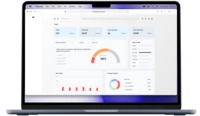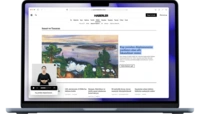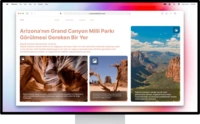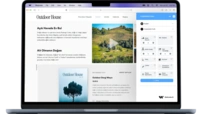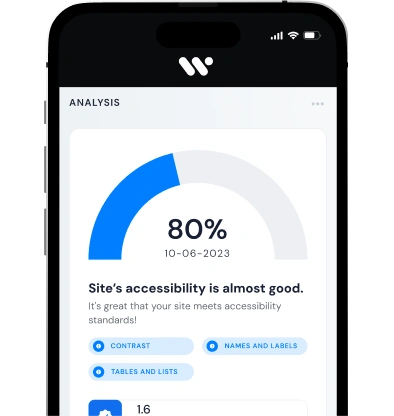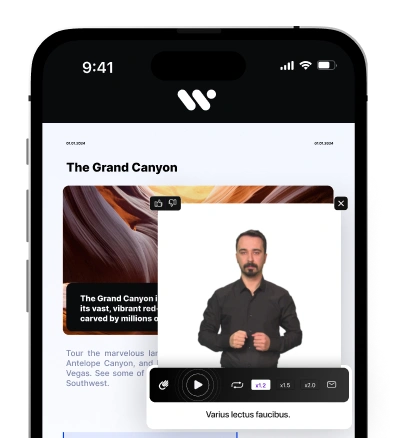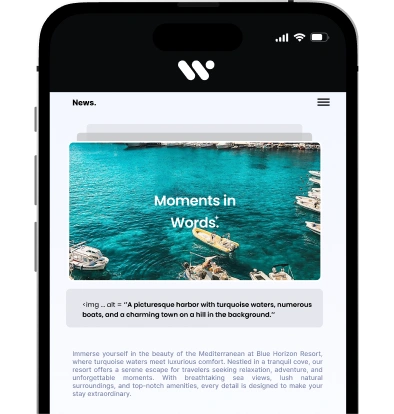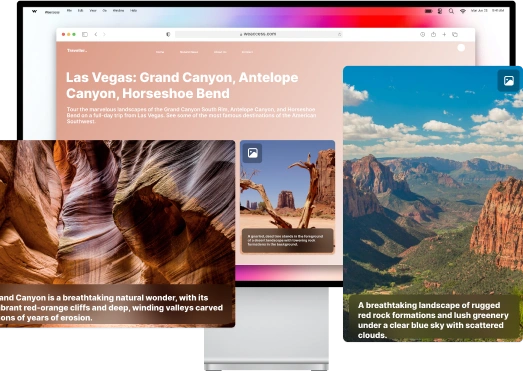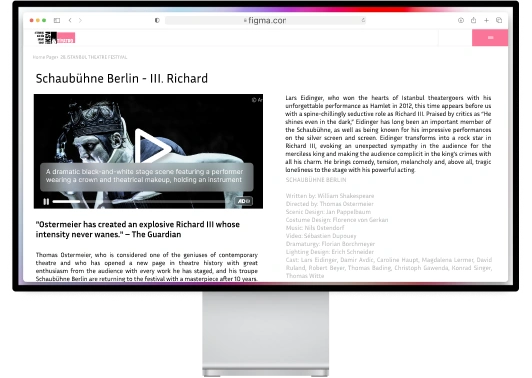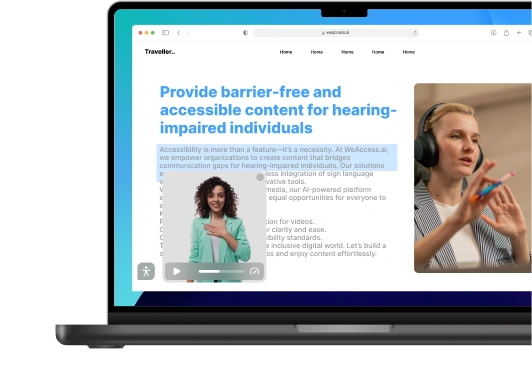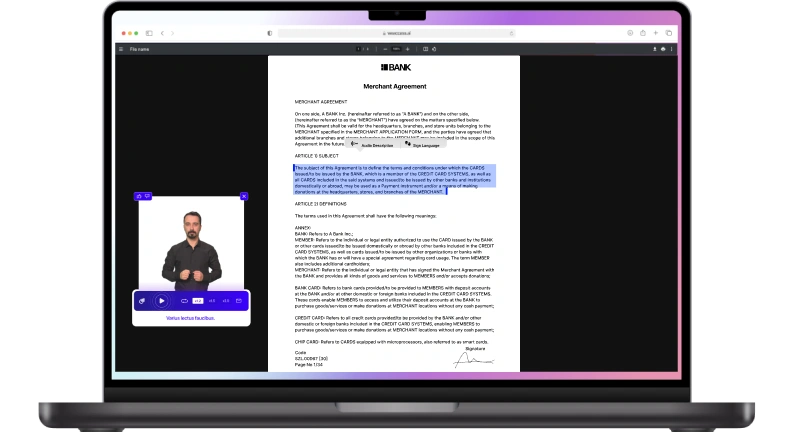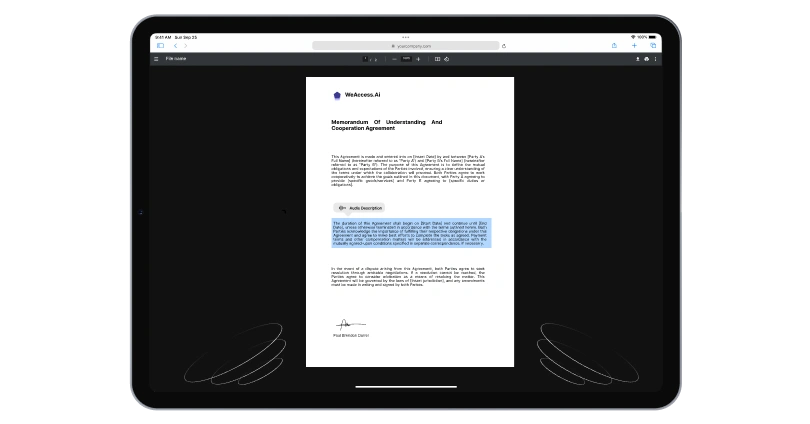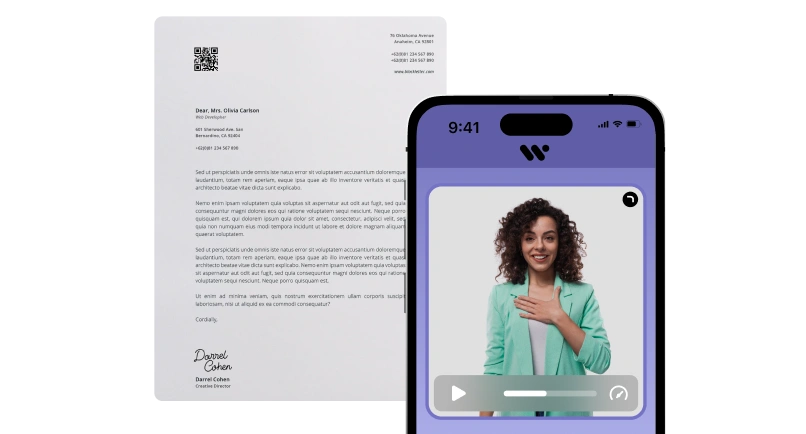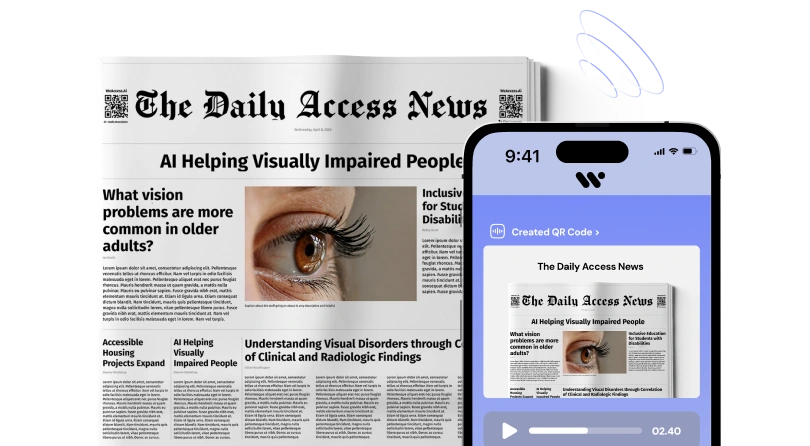Understanding Accessibility Guidelines and Standards
Accessibility guidelines and standards play a crucial role in ensuring that individuals with disabilities have equal access to digital and physical spaces. These guidelines are established to uphold the rights of people with disabilities and make sure that they are not discriminated against in any sphere of life. Let's delve into the various aspects of accessibility standards that are in place to create a more inclusive environment for all.
What is the ADA and How Does it Impact Accessibility?
The ADA (Americans with Disabilities Act) is a landmark piece of legislation that impacts accessibility for people who are blind or have other disabilities. Title II of the ADA specifically applies to web content, requiring websites to meet the 2010 ADA Standards and WCAG 2.0 (Web Content Accessibility Guidelines) requirements. These web accessibility standards were developed by the World Wide Web Consortium's Web Accessibility Initiative to ensure that websites are accessible to all individuals, including those with disabilities. The ADA also includes Section 508 standards for federal agencies, which further dictate requirements for web accessibility. Failure to comply with these accessibility laws can result in lawsuits and fines for organizations that do not make their websites accessible. By following the ADA guidelines, websites can ensure that all users can access information and share sensitive information online.
Overview of the Americans with Disabilities Act
The Americans with Disabilities Act (ADA) is a landmark piece of legislation that was signed into law in 1990. Its primary goal is to prohibit discrimination against individuals with disabilities in all areas of public life, including jobs, schools, transportation, and all public and private places that are open to the general public.
ADA Standards for Accessible Design
The ADA Standards for Accessible Design set out the requirements for barrier-free design in new construction and alterations. By complying with these standards, architects and builders can ensure that buildings and facilities are accessible to people with disabilities, thus promoting inclusivity and equal access for everyone.
How ADA Requirements Influence Web Accessibility
With the advancement of technology, the ADA requirements have extended to the digital realm as well. Websites and online services must now comply with ADA standards to ensure that they are accessible to people with disabilities, including those who may be using assistive technologies to navigate the web.
Demystifying WCAG: Web Content Accessibility Guidelines
Exploring the Requirements of WCAG 2.0
The Web Content Accessibility Guidelines (WCAG) 2.0 provide a set of guidelines for making web content more accessible to people with disabilities. These guidelines cover a wide range of recommendations for making websites perceivable, operable, understandable, and robust for all users.
Updates and Changes in WCAG 2.1
WCAG 2.1 builds upon the principles of WCAG 2.0 and introduces additional success criteria to improve accessibility further. Website owners and developers must adhere to these updated guidelines to ensure that their web content is accessible to all individuals, including those using assistive technologies.
Ensuring Accessibility to People with Disabilities
By following the WCAG standards, website owners can make web content more accessible to people with disabilities, including those who are blind or have low vision, auditory disabilities, physical disabilities, or cognitive impairments.
Compliance with Section 508 of the Rehabilitation Act
Understanding Section 508 Guidelines for Digital Accessibility
Section 508 of the Rehabilitation Act of 1973 mandates that federal agencies' electronic and information technology is accessible to people with disabilities. This includes making web content and public areas accessible to individuals with various impairments.Making Web Content and Public Areas AccessibleTo comply with Section 508, organizations must ensure that their web content and digital services are accessible to people with disabilities. This involves providing alternative text for images, captions for videos, and ensuring compatibility with assistive technologies.Adapting Existing Buildings and Facilities to Meet StandardsExisting buildings and facilities must also be adapted to meet accessibility standards set by Section 508, ensuring that individuals with disabilities can access and navigate public spaces without encountering barriers.
Accessibility Standards for Public Accommodation and Services
Title III Regulations for Accessibility Requirements
Title III of the ADA imposes regulations for ensuring that places of public accommodation and services are accessible to all individuals, including those with disabilities. This includes making both web and physical spaces accommodating for people of all abilities.
Ensuring Web and Physical Spaces Are Accessible to All
Meeting the technical standards set by the Access Board is essential to ensure that web and physical spaces are accessible to individuals with disabilities. Adhering to these standards promotes inclusivity and equal access for everyone.
Meeting Technical Standards Set by the Access Board
The Access Board establishes technical standards that must be met to ensure accessibility for people with disabilities in various settings. Compliance with these standards is crucial for creating a welcoming environment for all individuals.
Ensuring Accessible Design for Individuals with Disabilities
Providing Access to Sensitive Information Safely
When designing digital platforms, it is essential to provide access to sensitive information securely for individuals with disabilities. This includes implementing encryption methods and secure authentication processes to protect users' privacy and data.
Creating an Inclusive Environment for People with Disabilities
Creating an inclusive environment involves designing spaces and services that cater to the diverse needs of people with disabilities. By considering various impairments and accessibility requirements, designers can ensure that their solutions are universally accessible.
Key Considerations for ADA and ABA Accessibility Compliance
Organizations must consider key factors related to ADA and ABA accessibility compliance to ensure that their facilities, services, and digital content are accessible to individuals with disabilities. This involves ongoing assessment and improvement to meet the evolving accessibility standards.
You may be interested in: German Web Accessibility Guidelines, Accessibility Guidelines in Italy, Polands Digital Accessibility Standards

